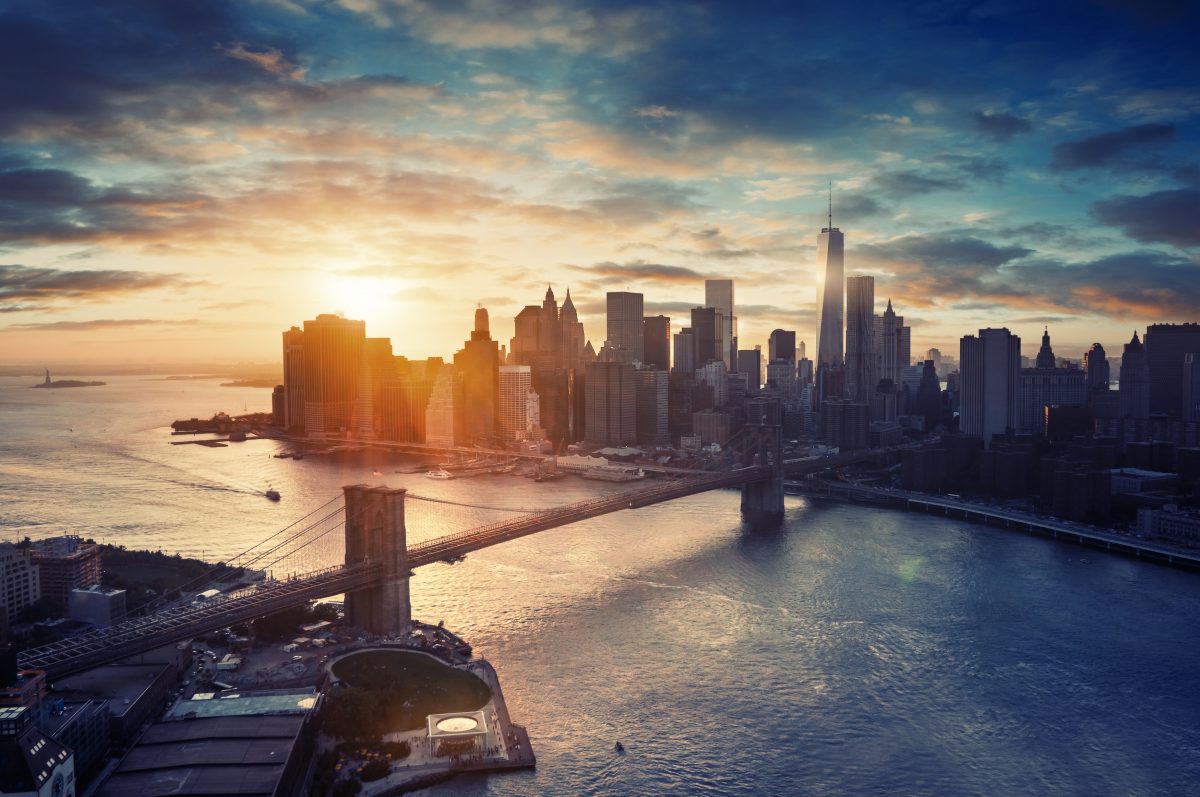Believe it or not, New York City’s dwellers and visitors’ existences alike are greatly contingent upon the City's zoning code. Sound unreasonable? Think again. 2016 marks the 100th year that NYC's zoning code has been in order—making it the oldest in the country. The code was first implemented to encourage a healthier city; however, of late, it has undergone a number of developments. For instance, Mayor de Blasio won approval for a citywide plan that would encourage sleeker, more reasonably priced residences just this past March. Unfortunately, despite these developments, many of New York's buildings seem to exist in the past.
According to data compiled by Stephen Smith and Sandip Trivedi of Quantierra, roughly two out of five buildings in New York City do not conform to at least one part of current zoning code. This is true especially of buildings in neighborhoods like Chinatown, the Upper East Side, and Washington Heights—the distinctive properties found in these areas either span too wide, rise too high—the list goes on and on.
As the code makes its way into its second century, people are beginning to wonder whether or not one hundred years later, it continues to make sense. After all, some of the aforementioned neighborhoods and their now, by all accounts, "illegally" constructed buildings are what make Manhattan so special.
Changes on The Horizon
New York's zoning codes were first enacted to create less cramped quarters within tenements... but those same codes created serious consequences for the number of aggregate apartments in the city at large. Today, a statute like that doesn’t stand to make so much sense, as it creates significantly decreased housing opportunities and increased rent.
Another rule that's been brought into interrogation with the code's birthday is that as a building rises, a setback ordinance comes into play. The buildings that were originally constructed following this rule are those now responsible for the "saw tooth" shape we're familiar with (especially in a neighborhood like Midtown). "[This rule was] dreamed up by planners in part to ensure that historic buildings would not be replaced with something totally out of context" in the future. Unfortunately, such a stringent code would ultimately force a great number of the City’s own buildings out of context.
Next Steps for The Code
The Municipal Art Society of New York has called on City Hall for the zoning code’s 100th birthday, requesting a potential overhaul of the code in order to make it legible for anyone. Perhaps it is only by understanding the codes themselves that people will begin to appreciate the mix of past and future when it comes to the City’s skyline.








